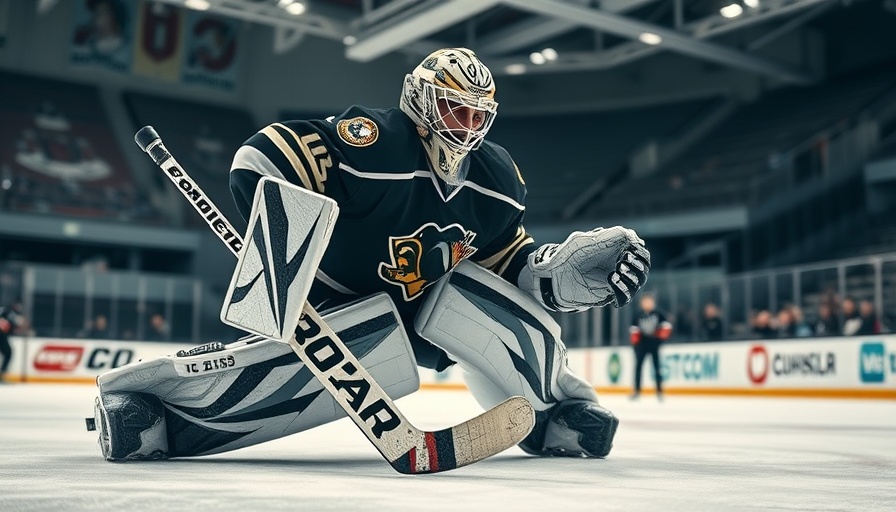
The Importance of Stick Saves in Goalie Performance
Goalies are the last line of defense, and their performance can make or break a game. An effective goalie not only stops pucks but also manages rebounds, helping to control the flow of play. The recent discussion on the Goalie Science Podcast reveals the pressing issue of goalies’ reluctance to make crucial stick saves during games, particularly in high-stakes situations. Dr. Jamie Phillips emphasizes that without mastering the fundamentals, particularly the art of stick saves, goalies can face significant challenges as they progress in their careers.
In 'STOP Making Stick Saves | GOALIE SCIENCE Episode 129', the discussion dives into goalie techniques, highlighting crucial insights into stick saves and how they impact performance.
Understanding the Basics: Why Make a Stick Save?
Stick saves serve two main purposes: elevating the puck to prevent rebounds and directing it away from the net. In scenarios like two-on-one situations, goalies should ideally anticipate the shot and respond with a stick save. This is crucial because poorly executed plays can lead to scoring chances for the opposition. If a goalie constantly relies on body saves, they risk giving up uncontested rebounds, which can turn the tide of a game.
Coaching for Improvement: What Goalies Need to Train
During the podcast, both Dr. Phillips and his co-host Derek Bjan discuss practical strategies for encouraging goalies to incorporate stick saves into their game. Drills designed to simulate real-game scenarios, where missing a stick save has a tangible consequence, can effectively train goalies to respond correctly. Goalies are advised to focus on their positioning and the appropriate use of their stick to elevate pucks effectively. Training should develop their confidence in making these crucial saves, which often separates elite goalies from the rest.
Building Mental Toughness: A Key to Goalie Success
Beyond the physical techniques, mental resilience plays a vital role in a goalie’s performance. Goalies must learn to manage pressure, stay focused, and respond positively to mistakes. Phillips and Bjan advocate for a process-oriented approach, where goalies concentrate on improving their skills and controlling what they can influence, rather than solely dwelling on stats or past performances.
Parent's Perspective: Supporting Young Goaltenders
For parents of young goalies, recognizing improvement can be challenging. It’s important to foster a supportive environment and encourage open communications about their development. Participating in practice, offering constructive feedback, and celebrating small victories can help motivate young athletes. Parents should focus on the development process rather than the final score, understanding that progress takes time and that each training session contributes to their long-term success.
Conclusion: The Path Towards Becoming an Elite Goalie
In conclusion, the journey to becoming a skilled goalie involves mastering essential techniques such as stick saves, building mental strength, and continuously improving through deliberate practice. As discussed on the Goalie Science Podcast, it’s critical for coaches and parents to support goalies in developing their skills in a positive and constructive manner while also emphasizing the importance of perseverance in the face of challenges. As goalies embrace their training and view setbacks as learning experiences, they will enhance their abilities and effectiveness on the ice.
 Add
Add 

 Add Row
Add Row 


Write A Comment